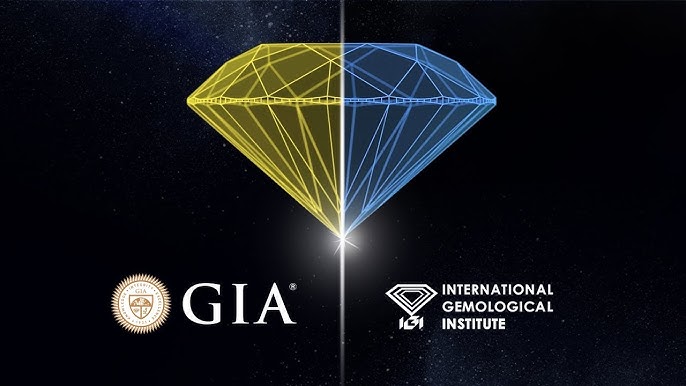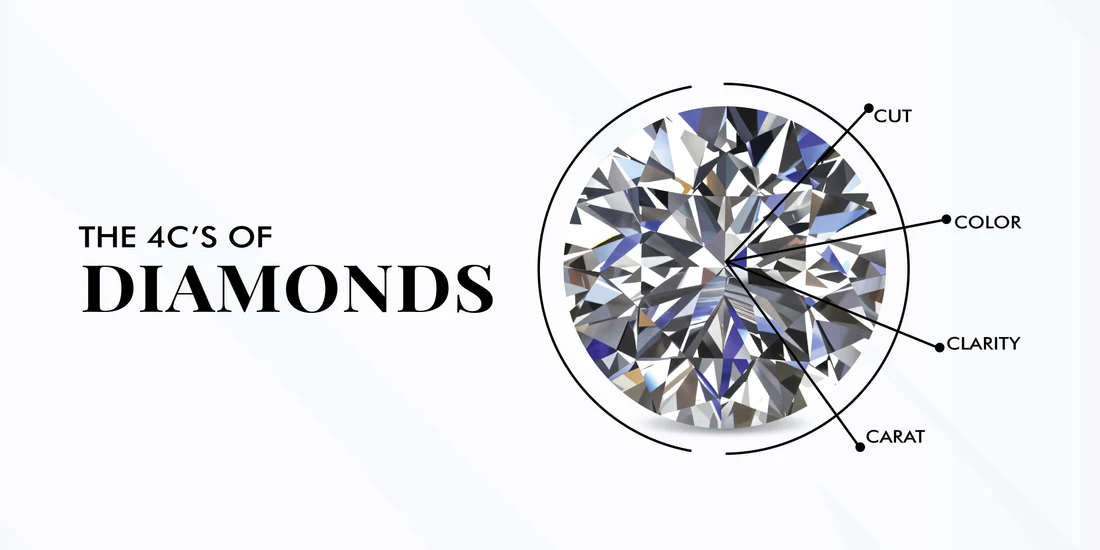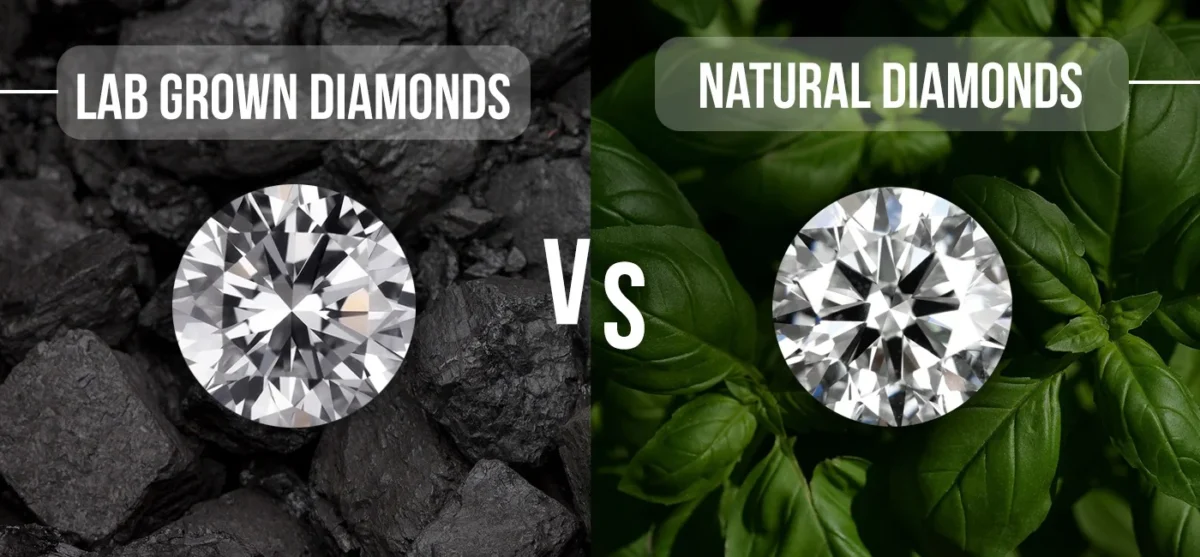Diamond Certifications
Investing in a diamond is an exciting, significant purchase, but the process often introduces a complex term: diamond certifications. These official documents, issued by respected laboratories, are crucial for verifying a diamond’s authenticity and determining its true value based on the 4Cs (Cut, Color, Clarity, and Carat Weight).
Understanding these certificates, such as those from the GIA (Gemological Institute of America) or AGS (American Gem Society), is essential to ensure you are making a confident and informed decision. This guide aims to simplify the jargon and explain exactly why diamond certifications are demystified and indispensable, empowering you to evaluate and purchase your perfect stone with absolute certainty.

Navigate the complex world of diamond certifications with confidence. Learn how grading reports, lab distinctions, and ethical verification ensure authenticity, quality, and investment security for luxury buyers in India and abroad.
Diamond certifications are official documents from recognized independent labs verifying a diamond’s quality, authenticity, and characteristics – covering the 4Cs (cut, clarity, color, carat) and often its origin. They provide assurance to buyers, enhancing trust and resale value while differentiating natural and lab-grown diamonds.
Why Diamond Certifications Matter
A certified diamond allows buyers to make informed decisions, particularly when purchasing luxury pieces online or investing. These reports standardize grading and protect against misrepresentation, whether for natural or lab-grown diamonds.
- Ensures authenticity and traceability
- Provides detailed quality information for appraisal
- Impacts resale value and insurance coverage
Example: A boutique in Delhi prefers GIA-certified diamonds for bespoke engagement rings, offering clients transparency on clarity and cut while safeguarding future resale.
Understanding Diamond Grading Reports

Diamond grading reports, issued by authorities like GIA or IGI, break down the 4Cs and provide additional notes on fluorescence, measurements, and sometimes origin. They are essential for verifying both natural and lab-grown diamonds.
- Cut: Determines sparkle and brilliance
- Color: Rated D-Z, with D being completely colorless
- Clarity: Tracks inclusions and blemishes
- Carat: Measures diamond weight
Micro-example: An Indian collector compared IGI and GIA reports for a round solitaire, noting slight variances in clarity grading that influenced final selection and pricing.
GIA vs IGI Certificates
Global recognition and grading standards differ slightly between labs:
- GIA: International benchmark, highly respected for consistency and stringent grading
- IGI: Popular for lab-grown diamonds, widely accepted, slightly flexible on minor grading differences
- Buyer tip: Always confirm the issuing lab and review images or digital reports when purchasing online
Scenario: A Mumbai jeweler highlighted a GIA-certified diamond for a high-profile client, while using IGI-certified options for lab-grown stones in contemporary collections.
Lab-Grown vs Natural Diamond Certifications

Lab-grown diamonds now receive certifications comparable to natural diamonds. The grading methodology remains similar, with explicit notes on synthetic origin.
- Supports ethical and conflict-free jewelry sourcing
- Provides clarity, cut, color, and carat evaluation identical to natural diamonds
- Maintains resale and investment confidence if certified
Case example: A western luxury brand marketed lab-grown engagement rings with IGI certification, emphasizing transparency and environmental responsibility.
Buying Insights and Verification Tips
When selecting certified diamonds for luxury purchases:
- Check lab credentials and report authenticity online
- Compare natural vs lab-grown certification notes
- Evaluate clarity, cut, and metal pairing in images or showrooms
- Factor certification into insurance and appraisal for resale
Mini FAQ:
- What is a diamond certification? An official report verifying authenticity and quality.
- How do certifications impact resale value? Certified diamonds typically maintain higher resale and appraisal value.
Can a diamond be genuine without certification? Yes, but certification ensures verified quality, traceability, and trust.
Decision Framework: Evaluating Diamond Certifications
- Ethics: Confirm conflict-free sourcing and transparent origin
- Traceability: Ensure verifiable lab reports for natural and lab-grown diamonds
- Craftsmanship: Match diamond grading to jewelry design standards
- Lead time: Factor in certified sourcing and delivery schedules
Investment: Certified diamonds retain value and resale potential
Real-World Scenarios
- Indian Luxury Bride: Chooses a GIA-certified solitaire for engagement, balancing cut, clarity, and certified authenticity for investment and daily wear.
- Western Collector: Selects a lab-grown IGI-certified diamond cocktail ring, prioritizing ethical sourcing, resale confidence, and visual quality verification online.
